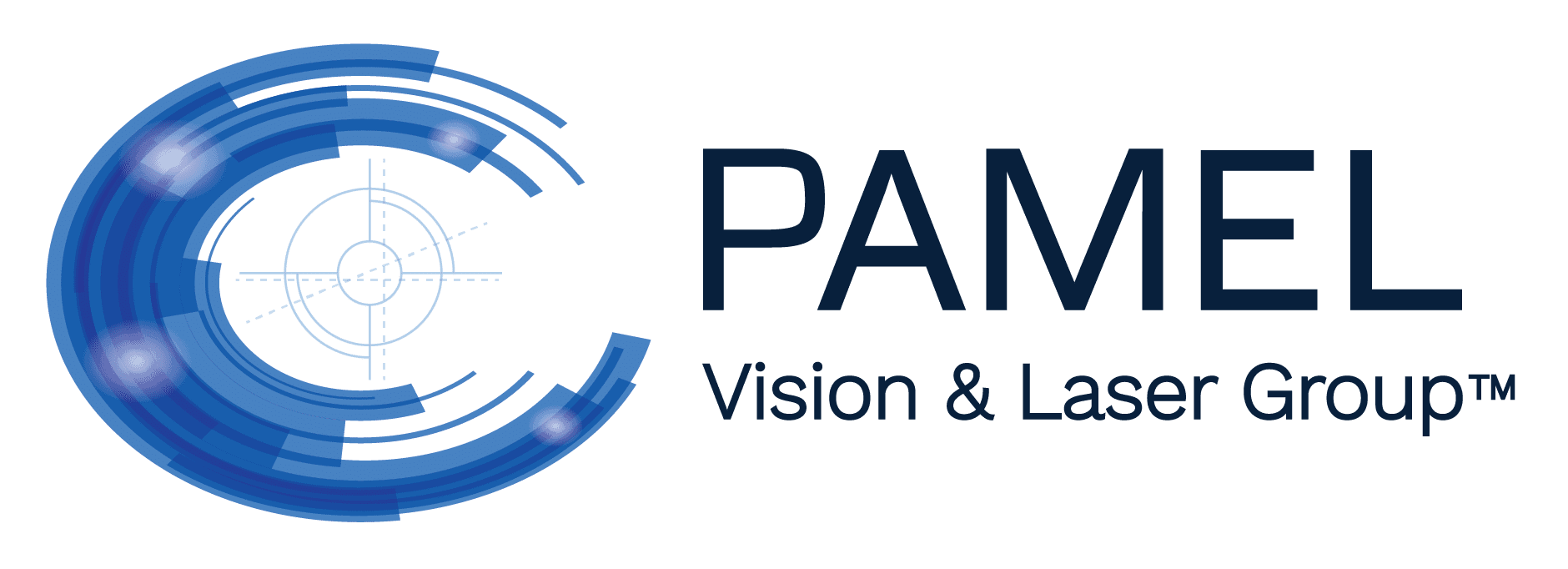Are Reading Glasses the Only Way to Manage Presbyopia?
- Posted on: Mar 15 2025
 Presbyopia, the age-related decline in near vision, affects nearly everyone over the age of 40. It occurs as the natural lens of the eye loses flexibility, making it difficult to focus on close objects. Traditionally, reading glasses have been the go-to solution for this condition. While these optical aids are effective, they can be inconvenient and may not suit everyone’s lifestyle or aesthetic preferences. Thankfully, advancements in ophthalmology now offer several alternatives that can reduce or even eliminate the dependence on reading glasses.
Presbyopia, the age-related decline in near vision, affects nearly everyone over the age of 40. It occurs as the natural lens of the eye loses flexibility, making it difficult to focus on close objects. Traditionally, reading glasses have been the go-to solution for this condition. While these optical aids are effective, they can be inconvenient and may not suit everyone’s lifestyle or aesthetic preferences. Thankfully, advancements in ophthalmology now offer several alternatives that can reduce or even eliminate the dependence on reading glasses.
At Pamel Vision & Laser Group, our eye doctors provide a range of treatments tailored to address presbyopia effectively.
1. Laser Assisted Presbyopia Reversal (LAPR):
LAPR is an emerging procedure that involves using a laser to create small incisions in the sclera (the white part of the eye). These incisions aim to expand the sclera, enhancing the eye’s focusing ability by improving the function of the ciliary muscle and lens complex. Clinical trials have shown promising results, with patients experiencing improved near vision without relying on reading glasses.
2. Scleral Implant Procedure:
This surgical approach involves placing small silicone bands in the sclera to expand it, thereby improving the eye’s accommodative ability. While this procedure is still under investigation, it offers potential for those seeking a surgical solution to presbyopia.
3. Accommodating Intraocular Lenses (IOLs):
For patients undergoing cataract surgery or those seeking refractive lens exchange, accommodating IOLs can be an excellent option. These lenses replace the eye’s natural lens and can adjust focus for both near and distant objects, mimicking the eye’s natural accommodative process. This solution can significantly reduce or eliminate the need for reading glasses.
4. Corneal Inlays:
A corneal inlay is a thin, biocompatible device implanted into the cornea of the non-dominant eye. It works by reshaping the cornea to improve near vision while maintaining distance vision in both eyes. This procedure is typically quick and offers a reversible solution for presbyopia.
5. Monovision LASIK:
Monovision LASIK corrects one eye for near vision and the other for distance vision. The brain adapts to this adjustment, allowing patients to see clearly at all distances without the need for glasses. While it may take some time to adjust, many patients find this approach effective.
Choosing the Right Treatment
The optimal treatment for presbyopia varies depending on individual needs, lifestyle, and the specific characteristics of the eyes. A comprehensive eye examination and consultation with an experienced ophthalmologist are essential to determine the most suitable option.
Dr. Gregory Pamel is a leading ophthalmologist in Astoria, New York City, having performed approximately 20,000 refractive surgeries in his career. He and his team are dedicated to providing personalized care. With access to the latest technologies and procedures, they can help you explore alternatives to reading glasses and find a solution that aligns with your vision goals. To schedule a consultation, please call (212) 355-2215 today.
Posted in: Presbyopia




